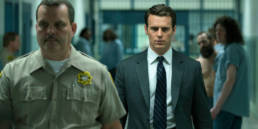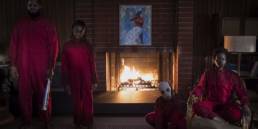
Historically speaking, our penchant for murder has always been a source of inspiration for many stories crafted throughout the centuries. We’ve gathered quite the collection of tales of war and savagery, bloodshed and violence, but also of love and friendship, of fantastical creatures and adventurous quests. But perhaps the most enduring genre of them all is, to this day, the Whodunit.
Much like its companions across the storytelling spectrum, the Whodunit has gone through an evolution from the beginning of the 20th century to present day. From the simple and classic band of guests at a dinner party trying to find out who killed the host, to the modern-day sleuths employing forensic and psychological methods to suss out murderers, the mystery has continued to fascinate viewers—albeit in slightly different forms for the big and small screen alike.
Our curiosity compels us to try to guess who did it. The screenwriter has this challenge to overcome, pretty much every time. We’ve learned from these stories. Our instincts have become sharper, and we are able to spot the signs, the subtleties that set certain characters apart. The foreshadowing is minimal in the Whodunit, and we have only ourselves to rely on as we investigate murders alongside the heroes on screen. Conventions and clichés are born, and the creators have to adjust. Success comes from misleading the readers with red herrings and false accusations before bringing forth the villain, an unexpected character.
Following the clues, picking up on the slightest facial expressions and fleeting elements of body language during the interrogations and interviews, our hearts race as we’re brought closer to the tipping point: the grand reveal, the unexpected twist, and the identity of the killer. Some of us will have figured out who it is about halfway through the story, though, most of the time, we still enjoy the ride all the way to the very end.
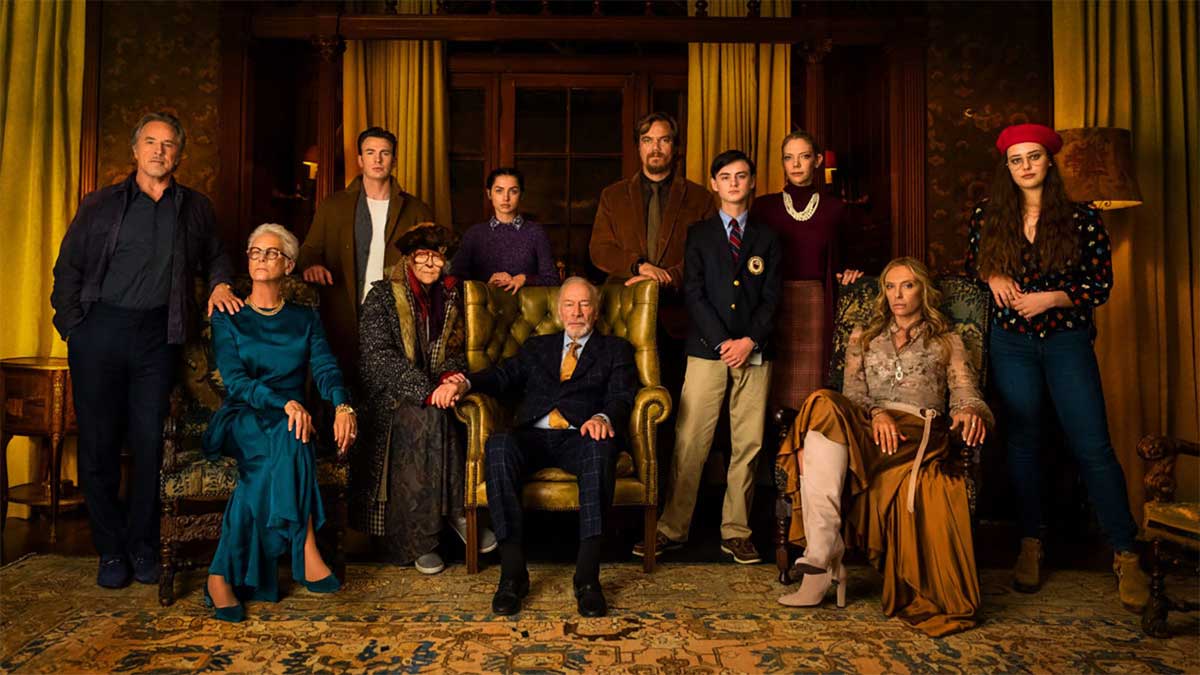 ‘KNIVES OUT’ (2019), ©LIONSGATE/MRC
‘KNIVES OUT’ (2019), ©LIONSGATE/MRC
The Murder Mystery in Books
A typical Whodunit takes the classical detective story and presents it as a puzzle to be solved, by its characters and readers/viewers alike, through a series of questions that the investigator poses. It functions on a double narrative. The first focuses on the crime itself, what led to its commission, and the actual investigation, while the second is strictly about the reconstruction of the crime. In the latter, all the objects connected to the murder become silent actors themselves, and we must strive to interpret them, to beat the investigator to his or her conclusion. It is, by far, one of the most entertaining things to come out of the literary universe, and why it will never go out of fashion.
This is our quest for justice, in a sense. As readers and viewers, we are fascinated by violence and killers, hence our penchant for the macabre and why serial killers excite our imaginations. The Whodunit comes as a righteous response of sorts. In it, the guilty ones are identified and punished. They never get away with it, unlike real life, where many crimes go unsolved, adding to the cold case pile. The Whodunit gives us the satisfaction of justice delivered, proof that there is still good in this world, despite its many evils.
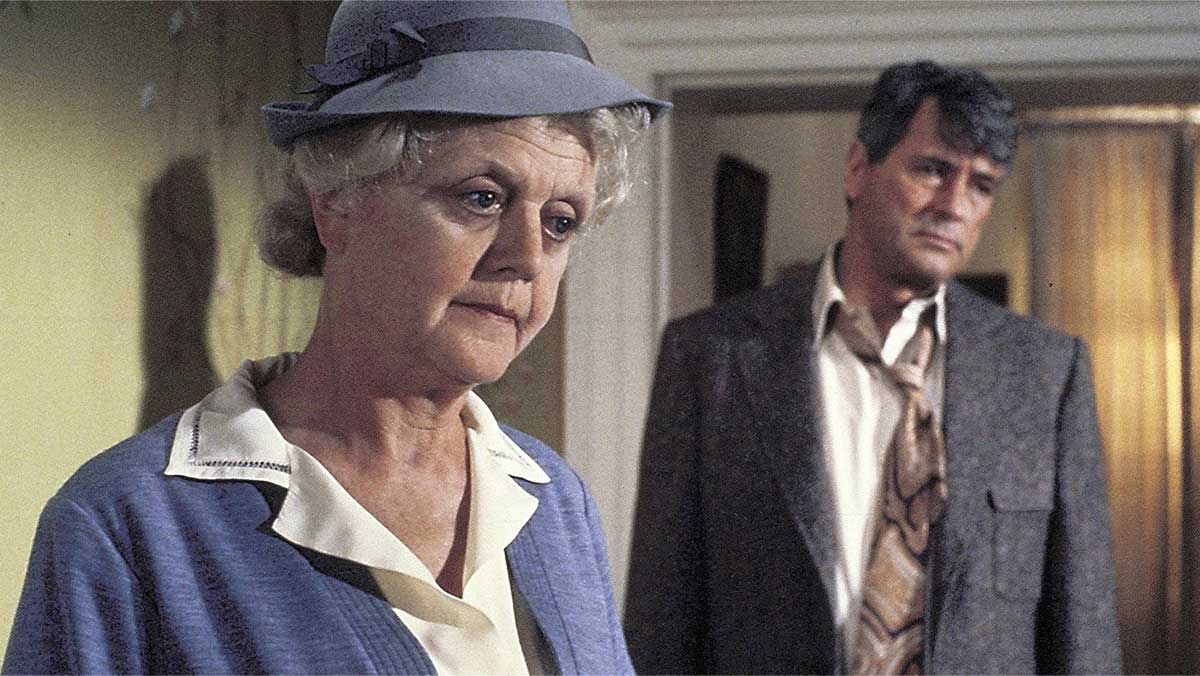 ANGELA LANSBURY AS MISS MARPLE IN ‘THE MIRROR CRACK’D’ (1980), ©G.W. FILMS/EMI
ANGELA LANSBURY AS MISS MARPLE IN ‘THE MIRROR CRACK’D’ (1980), ©G.W. FILMS/EMI
Quintessentially, the Whodunit blends our attraction to darkness with our desire for light, and books, cinema and television have delivered consistently over the years. The term was coined back in 1930 by Donald Gordon with his review of Milward Kennedy’s ‘Half-Mast Murder’. The origin of the term was disputed by Variety in reference to a film adaptation of Arnold Ridley’s play, ‘Recipe for Murder’. But the Whodunit truly flourished between the First and Second World War, with the most notable of its authors being of British origin—Agatha Christie is, even today, considered a master of the genre, alongside Nicholas Blake, G.K. Chesterton, Gladys Mitchell and many others.
Mrs Christie’s novels (of which there are sixty-six, not counting the short story collections), garnered numerous positive reviews after they were adapted for the screen in search of a wider audience, and it is here that the Whodunit begins its ample and irreversible transformation. Surprisingly enough, it wasn’t until the 1940s that the Whodunit really took off.
The Classics on the Silver Screen
There is no better way to kick off a brief listing of the Whodunit’s greatest stars than with ‘And Then There Were None’ (1945), directed by Rene Clair and written by Dudley Nichols—an adaptation of Agatha Christie’s novel of the same name. In it, guests gather on an isolated island, summoned by an absent host. Someone starts killing them off, one by one, and the survivors must work together to figure out who the murderer is, always suspecting that it could very well be one of them.
In ‘The Big Sleep’ (1946), Humphrey Bogart and Lauren Bacall share the screen for an unforgettable tale of noir crime and classic mystery, as private detective Philip Marlow is hired to investigate a most complex case where murder, blackmail and love seem to blend in seamlessly. Written by William Faulkner and Leigh Brackett, ‘The Big Sleep’ is, by far, one of Howard Hawks’ masterpieces.
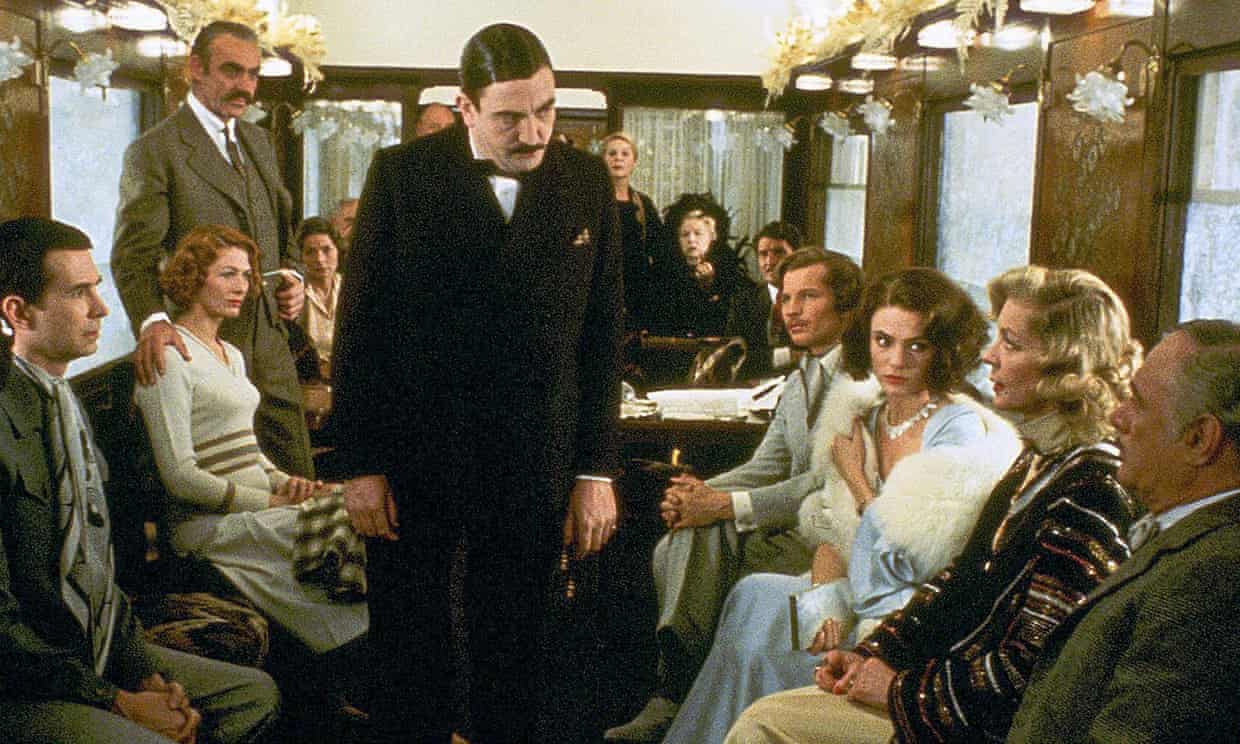 ‘MURDER ON THE ORIENT EXPRESS’ (1974), ©EMI FILM DISTRIBUTORS/G.W. FILMS LIMITED
‘MURDER ON THE ORIENT EXPRESS’ (1974), ©EMI FILM DISTRIBUTORS/G.W. FILMS LIMITED
Billy Wilder took on the Agatha Christie challenge, as well, by penning the screenplay of and directing ‘Witness for the Prosecution’ (1957). Starring Tyrone Power, the incomparable Marlene Dietrich, and Charles Laughton, ‘Witness for the Prosecution’ follows a seasoned British barrister who must defend his client in a murder trial that delivers twists upon twists, until the truth is revealed.
While the list could go on, we will stop at ‘Murder on the Orient Express’ (1976), one of Agatha Christie’s most popular works adapted for the big screen. With a screenplay written by Paul Dehn of ‘Goldfinger’ (1964) and ‘The Spy Who Came in from the Cold’ (1965), and directed by cinematic titan Sidney Lumet, ‘Murder on the Orient Express’ was an absolute success. Its 2017 reboot starring Kennet Branagh, Penélope Cruz, and Willem Dafoe, however, did not rise to the expectations, further proving that not all movies should be remade. In Mr Lumet’s oeuvre, Albert Finney, Lauren Bacall, Ingrid Bergman, Jacqueline Bisset, Sean Connery, Anthony Perkins, and Jean-Pierre Cassel deliver enticing performances, easily turning the film into an icon of the entire Whodunit portfolio.
A Modern Take on the Silver Screen
Unlike the classics, modern and contemporary Whodunits tend to spice up the original formula by bringing them into a new era, where the characters are more three-dimensional, the violence escalates, and elements of pure thrill are injected into the mystery. With time, the audiences change, which is why today’s murder mysteries aren’t just fast paced, they’re also more complex and, in some cases, excellent spoofs.
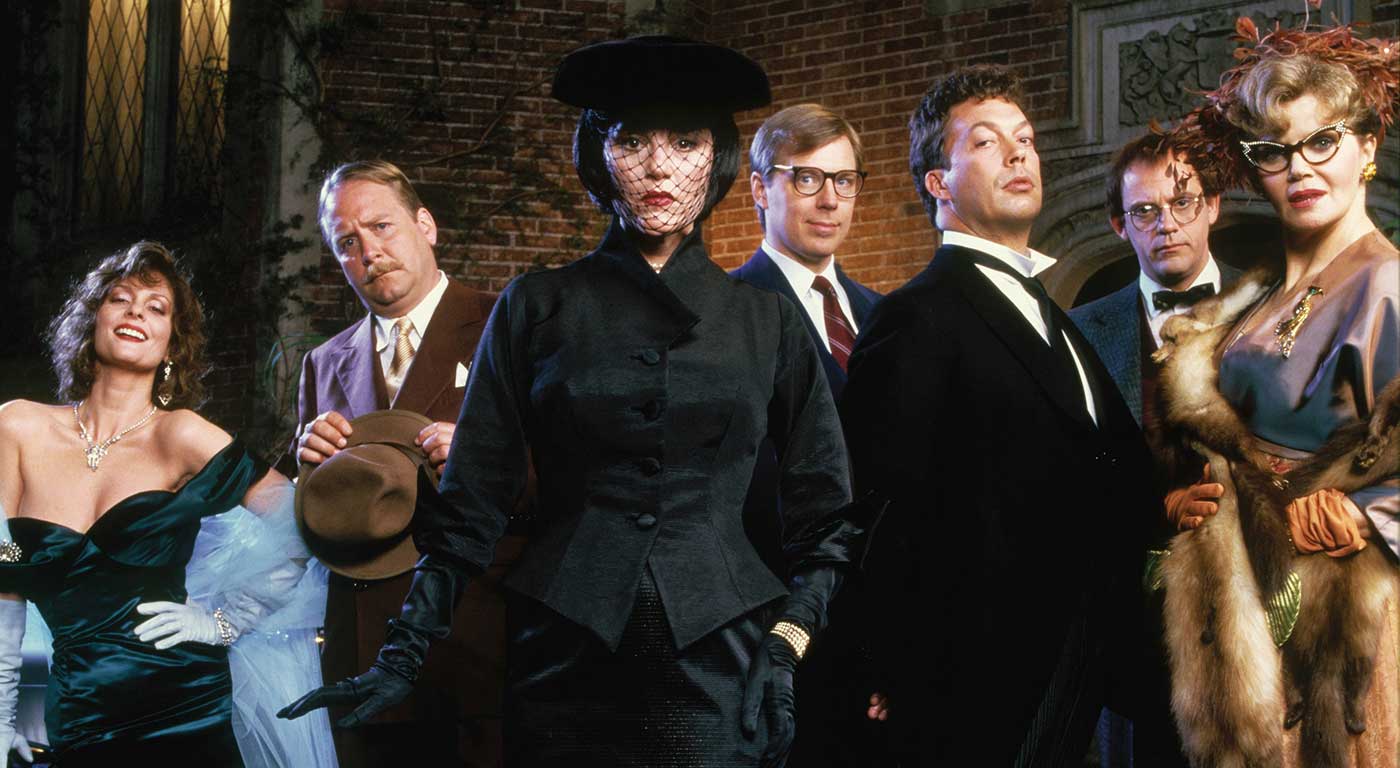 ‘CLUE’ (1985), ©PARAMOUNT PICTURES
‘CLUE’ (1985), ©PARAMOUNT PICTURES
‘Clue’ (1985), written by John Landis and Jonathan Lynn, is a hilarious and dark rendition of the popular eponymous board game. It stars Eileen Brennan, Madeline Kahn, Christopher Lloyd, Michael McKean, Lesley Ann Warren, and Tim Curry, and it’s a charming cocktail of death, puzzles, and comedy. It also follows the classic Whodunit structure, as six guests are anonymously invited to a creepy mansion for a lavish dinner and end up investigating the murder of their host, working with the staff while bodies keep piling up.
Following a similar formula but with a much darker twist, Bryan Singer’s ‘The Usual Suspects’ (1995) remains a classic of modern cinema. The story, penned by Christopher McQuarrie of ‘Valkyrie’ (2008), ‘Jack Reacher’ (2012), and ‘Mission: Impossible – Fallout’ (2018) fame, follows the interrogation of Roger ‘Verbal’ Kint, one of only two survivors of a massacre on a ship docked at the Port of Los Angeles. Using flashbacks and narration, ‘The Usual Suspects’ stars Stephen Baldwin, Gabriel Byrne, Benicio del Toro, Kevin Pollak, Chazz Palminteri, Pete Postlethwaite, and Kevin Spacey. It is one of American cinema’s finest neo-noirs which brought Mr McQuarrie an Academy Award and a BAFTA Award for his illustrious screenwriting.
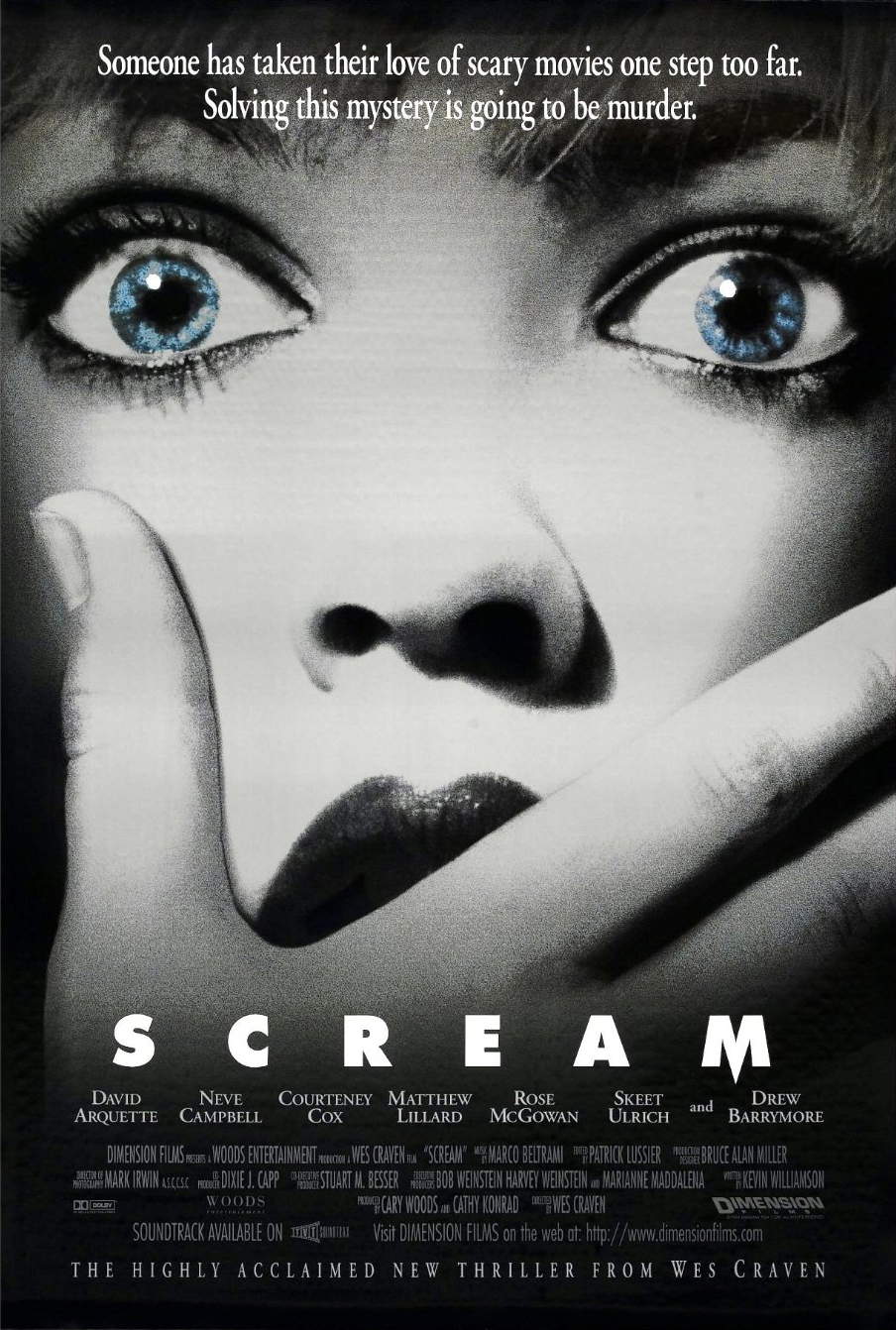 ‘SCREAM’ (1996), ©DIMENSION FILMS
‘SCREAM’ (1996), ©DIMENSION FILMS
‘Scream’ (1996), written by Kevin Williamson and directed by Wes Craven, wasn’t just a smash hit at the box office that eventually kickstarted an entire franchise. It was also a new take on the Whodunit, bending genres and adding Mr Craven’s signature innovative horror into the mix. The main characters, though significantly younger than the usual cast of a Whodunit, manage to get our hearts pumping from the beginning until the very end. Starring Neve Campbell, Courteney Cox, Drew Barrymore, Rose McGowan, David Arquette, and Skeet Ulrich, ‘Scream’ qualifies as the landmark of a new horror generation, without abandoning the key features of an old-fashioned Whodunit.
Another interesting twist on this timeless genre is ‘The Hateful Eight’ (2015), written and directed by Quentin Tarantino, and featuring chilling performances by Samuel L. Jackson, Kurt Russell, Jennifer Jason Leigh, Tim Roth, and Michael Madsen. Unfolding in a wintery Wyoming, ‘The Hateful Eight’ follows a bounty hunter and his fugitive captive into a cabin currently occupied by a throng of unpleasant characters. With an Academy Award winning score composed by Ennio Morricone, Mr Tarantino’s foray into crime mystery is a well-executed Whodunit stage play with deep political and social undercurrents, and less of a nod to the Western.
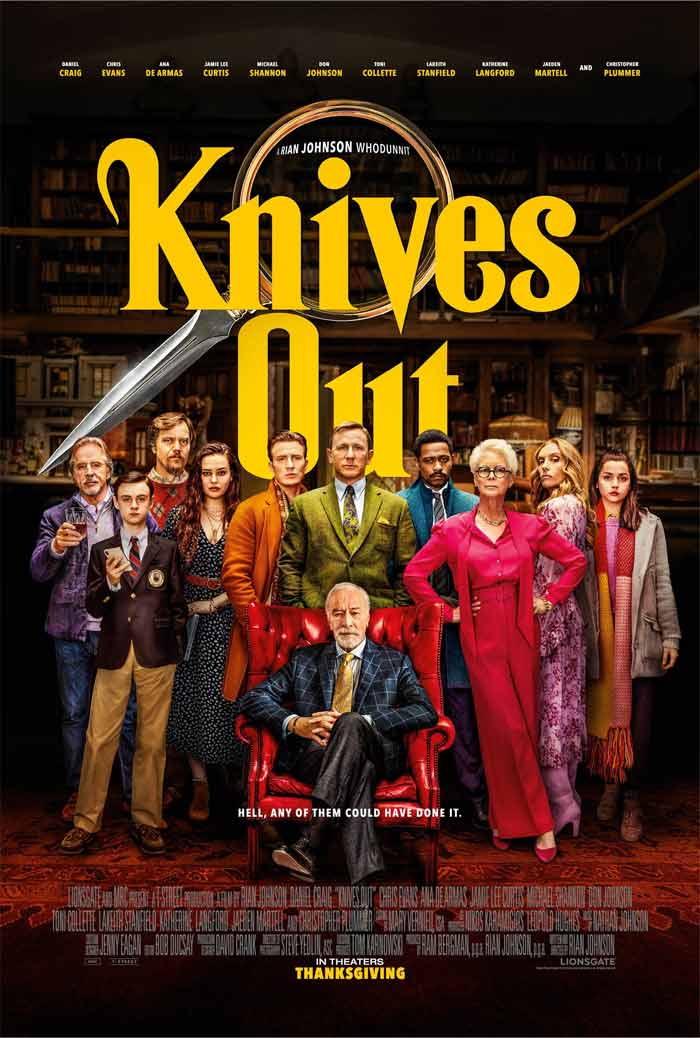 ‘KNIVES OUT’ (2019), ©LIONSGATE/MRC
‘KNIVES OUT’ (2019), ©LIONSGATE/MRC
As with all creative cycles and cinematic genres, the Whodunit came back to its roots this year thanks to Rian Johnson, who wrote and directed ‘Knives Out’ (2019). The story is simple but sophisticated and with a sharp political edge, concentrating on a detective’s efforts to investigate the death of Harlan Thrombey, the patriarch of an eccentric and highly combative family. The cast is as dazzling as one would expect for such an ample project. Daniel Craig, Chris Evans, Jamie Lee Curtis, Michael Shannon, Don Johnson, Toni Collette, and Katherine Langford all rise up to the challenge, offering viewers a riotously fun ride through the underbelly of family intrigue, rife with potential suspects and motives for murder.
The Small Screen Detectives
Our demand for such stories pushed television executives to adapt and create series designed after the Whodunit model, with each episode looking to unravel a new mystery, to solve a new murder, to keep pitting its heroes against all kinds of unexpected villains. Much like with cinema, TV series evolved in the span of several decades.
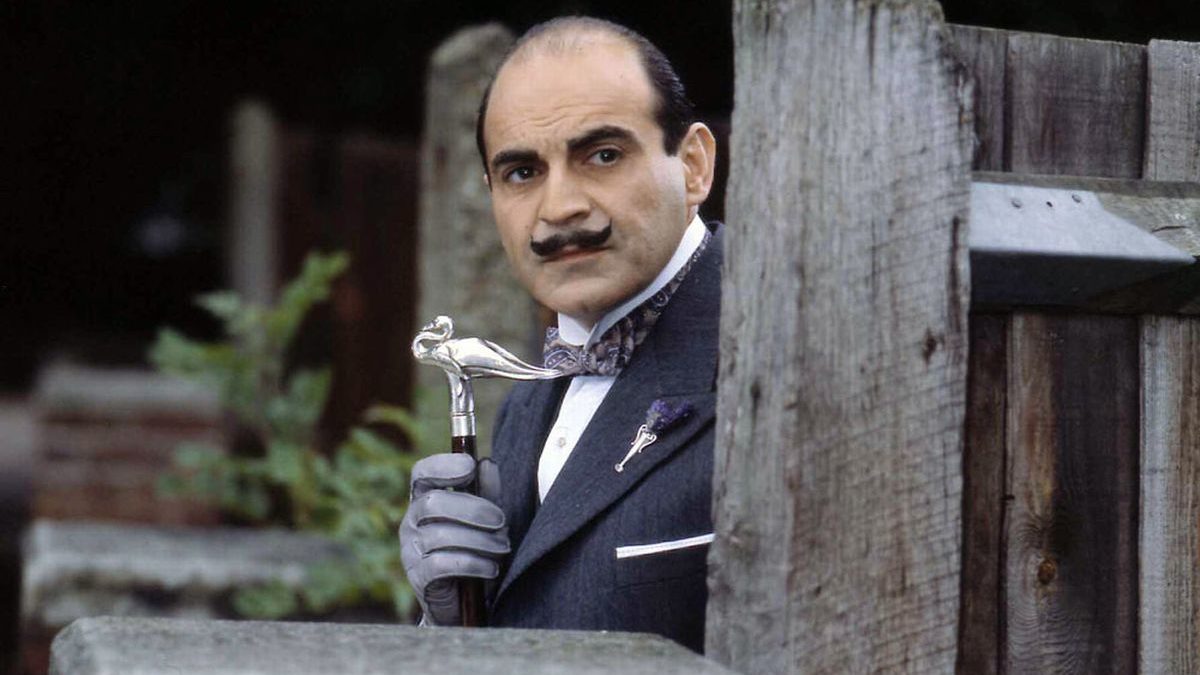 DAVID SUCHET AS HERCULE POIROT IN ‘POIROT’ (1989-2013), ©CARNIVAL FILM AND TELEVISION
DAVID SUCHET AS HERCULE POIROT IN ‘POIROT’ (1989-2013), ©CARNIVAL FILM AND TELEVISION
Among the many true-to-form shows that many of us grew up with, ‘Poirot’ (1989-2013) was based on Agatha Christie’s most popular character, the eccentric but exquisitely sharp Belgian detective Hercule Poirot. It was also one of the longest running murder mystery series, and it helped launch the careers of many great actors—among them Christopher Eccleston, Michael Fassbender, Joely Richardson, Emily Blunt, Greta Scacchi, and Zoë Wanamaker. Peter Ustinov and Albert Finney had guest appearances on ‘Poirot’, as well. But viewers will never forget David Suchet’s performance as he wonderfully personifies Mrs Christie’s iconic Hercule Poirot.
Across the pond, American viewers couldn’t get enough of the murder mystery, either. With greater financial possibilities, different television producing companies delivered a wide array of Whodunit series. One of the best remains ‘Columbo’ (1971-2003), created by Richard Levinson and William Link. Named after its main character, the show is centred around Lieutenant Columbo, who uses his ingenuous demeanour to reveal expertly concealed crimes. Peter Falk dedicated over 20 years of his life, as the show took a hiatus from 1978 to 1989, his portrayal of the seemingly meek and dim-witted detective garnering plenty of positive critique and even a Golden Globe in 1994.
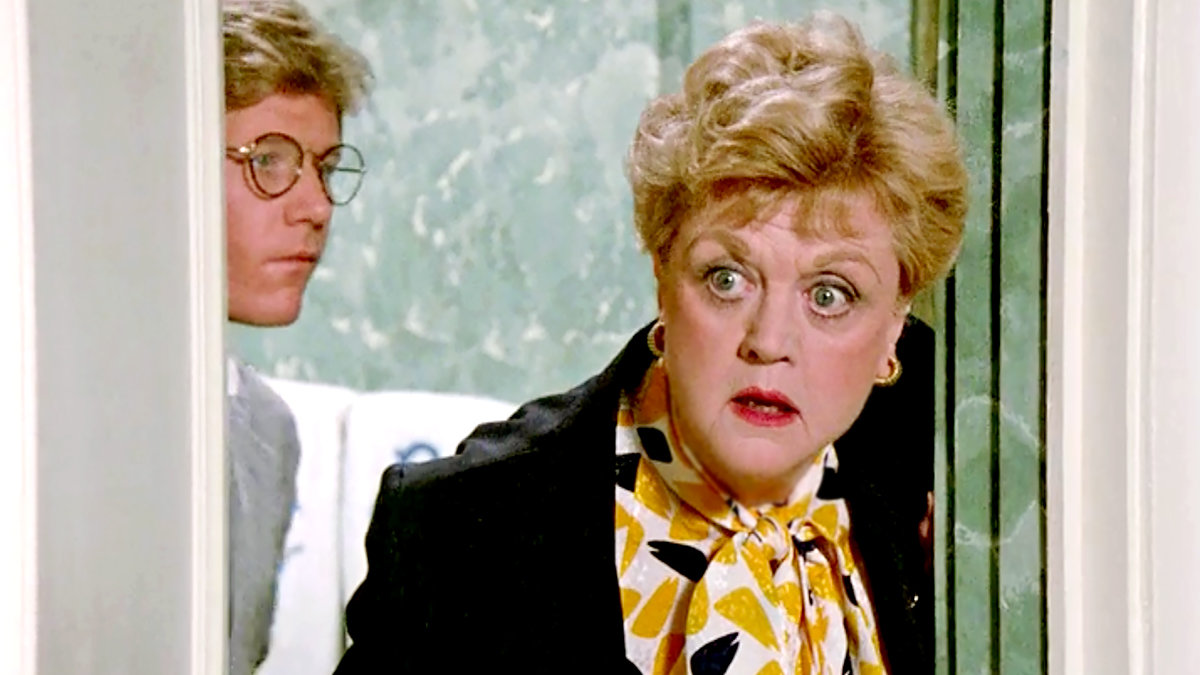 ANGELA LANSBURY AS JESSICA FLETCHER IN ‘MURDER, SHE WROTE’ (1984-1996), ©UNIVERSAL TELEVISION
ANGELA LANSBURY AS JESSICA FLETCHER IN ‘MURDER, SHE WROTE’ (1984-1996), ©UNIVERSAL TELEVISION
Another classic of American TV is ‘Murder, She Wrote’ (1984-1996), starring Angela Lansbury as the professional writer and amateur detective Jessica Fletcher, who uses her charm, intelligence and determination to solve the various crimes she comes across. Richard Levinson and William Link teamed up for this project as co-creators alongside Peter S. Fischer, given their previous success with ‘Columbo’ and an increasing demand from the public for more of these serialized Whodunits. Worth noting here is that Angela Lansbury also portrayed Agatha Christie’s Miss Marple in ‘The Mirror Crack’d’ (1980), alongside Tony Curtis, Kim Novak, Elizabeth Taylor, and Rock Hudson.
In more recent times, the television genre stepped into a more technical arena, as did modern crime investigation in the real world. With the advent of fingerprinting and forensic sciences, the Whodunit was given a makeover—this, in turn, led to the expansion of multiple TV series that paired a number of experts and whimsical sleuths to take on a variety of increasingly more complex murders. The CSI franchise alone has been taking up a considerable amount of screen time, alongside NCIS and other similar productions. Policemen work with lab technicians and profilers throughout each episode, looking to solve crimes and bring the perpetrators to justice.
Worth mentioning here is BBC’s ‘Sherlock’ (2010), Mark Gatiss and Stephen Moffat’s modern update on Sir Arthur Conan Doyle’s legendary Sherlock Holmes. Benedict Cumberbatch and Martin Freeman are absolutely astonishing as the famous private investigator and his partner, Dr Watson. It is, by all intents and purposes, one of the oldest accounts of different minds and polar opposites coming together to reveal criminals and deliver justice, but with a new and exciting twist that makes it one of the best TV series of all time.
 SIMON BAKER AS PATRICK JANE IN ‘THE MENTALIST’ (2008-2015), ©WARNER BROS. TELEVISION
SIMON BAKER AS PATRICK JANE IN ‘THE MENTALIST’ (2008-2015), ©WARNER BROS. TELEVISION
The odd-pairing formula has worked well in the United States over the years, too. In ‘The Mentalist’ (2008-2015), created by Bruno Heller, a former psychic starts working as a consultant for the California Bureau of Investigation so he can find Red John, the serial killer who murdered his wife and daughter. Teaming up with detective Lisbon and her team, Patrick Jane uses his mentalist skills to trick and catch killers, one episode at a time. Starring Simon Baker and Robin Tunney, ‘The Mentalist’ offers a fresh take on the Whodunit, while keeping the audiences guessing as its heroes combine standard investigative methods with Patrick Jane’s playful trickery.
‘Castle’ (2009-2016), created by Andrew W. Marlowe, sees Nathan Fillion’s mystery writer Rick Castle partnering with Stana Katic’s surly, no-nonsense NYPD detective Kate Beckett to solve crimes. ‘Bones’ (2005-2017), created by Hart Hanson, has Emily Deschanel’s hyper-rational forensic anthropologist Temperance Brennan working with David Boreanaz’s cocky FBI Special Agent Seeley Booth.
Needless to say, this type of duo has become a staple of contemporary television, though not always successful or long-lasting. But the Whodunit will continue to reinvent itself along the way. It will inevitably return to its incipient formula every time, and we will never find ourselves tired of the genre. From Agatha Christie to ‘Knives Out’ and everything in-between, our predilection for murder mysteries will withstand the test of time.
Jules R. Simion
Jules is a writer, screenwriter, and lover of all things cinematic. She has spent most of her adult life crafting stories and watching films, both feature-length and shorts. Jules enjoys peeling away at the layers of each production, from screenplay to post-production, in order to reveal what truly makes the story work.
1917: A Masterpiece of War
War is an unpleasant but defining trait of our species. It has shaped entire civilizations and…
The Appeal of Serial Killers and Why We Can’t Get Enough of Them
With the second season of ‘Mindhunter’ (2018) currently streaming on Netflix and excitement already…
With ‘Us’, Jordan Peele Delivers
Following his extraordinary debut, ‘Get Out’ (2017), which earned him an Academy Award for Best…
Don't miss out
Cinematic stories delivered straight to your inbox.
Ridiculously Effective PR & Marketing
Wolkh is a full-service creative agency specialising in PR, Marketing and Branding for Film, TV, Interactive Entertainment and Performing Arts.

